In the world of residential construction, walls are the unsung heroes that form the backbone of every structure. They provide structural support, create functional spaces, enhance aesthetics, and safeguard against external forces.

Here is a list of the different types of walls commonly used in residential construction, each with its unique purpose and characteristics.
Load Bearing Wall:
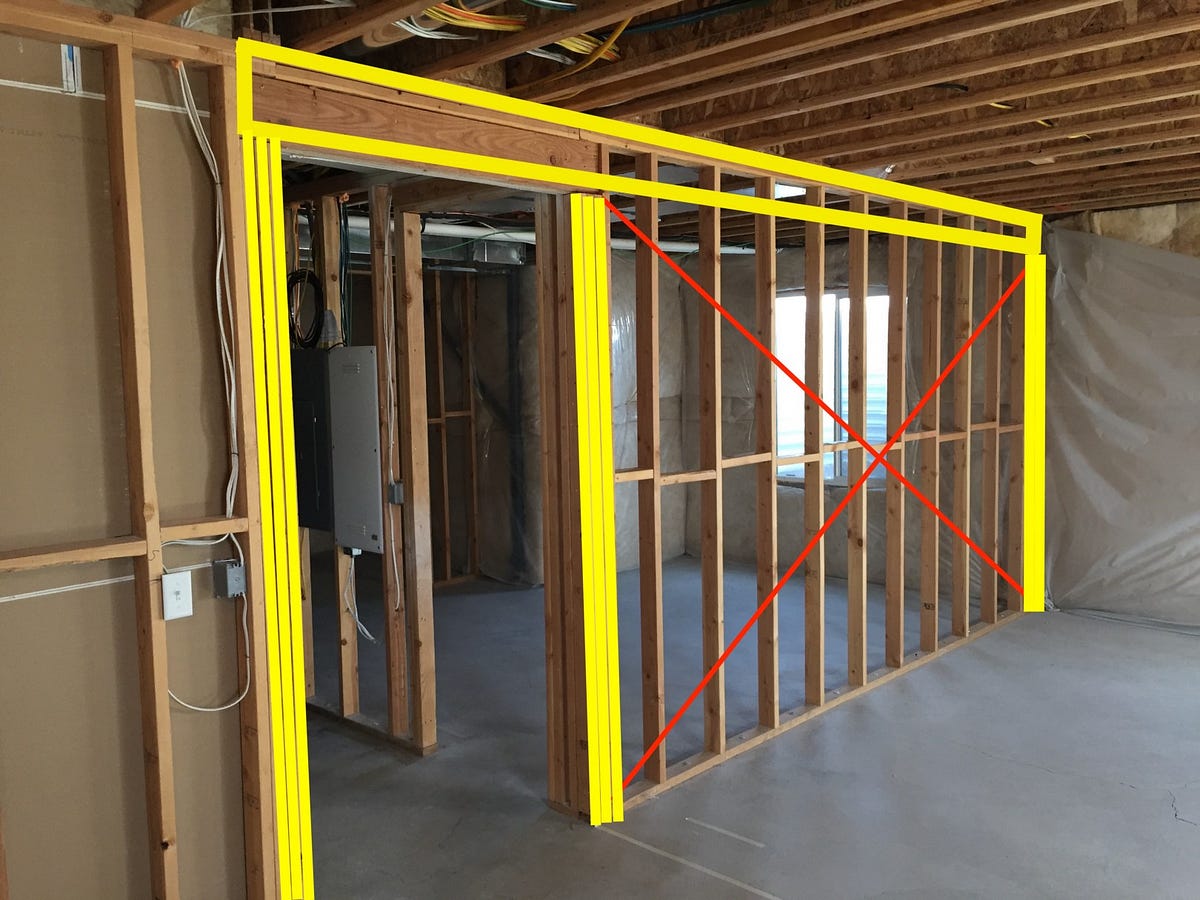
Load-bearing walls are the backbone of a building, responsible for carrying the entire structural load and transmitting it to the foundation. These walls are typically constructed from robust materials like reinforced concrete, masonry, or steel, ensuring they can bear the considerable weight placed upon them. Load-bearing walls eliminate the need for additional support systems, such as columns, making them essential for maintaining a building’s stability.
Non-Load Bearing Wall:

In contrast to their load-bearing counterparts, non-load-bearing walls are versatile dividers within a structure. They serve as partitions, dividing interior spaces, providing privacy, or separating rooms. Crafted from materials like wood framing, steel studs, or lightweight concrete blocks, these walls do not contribute to the building’s structural support. Instead, they offer flexibility in interior layout and design.
Cavity Wall:
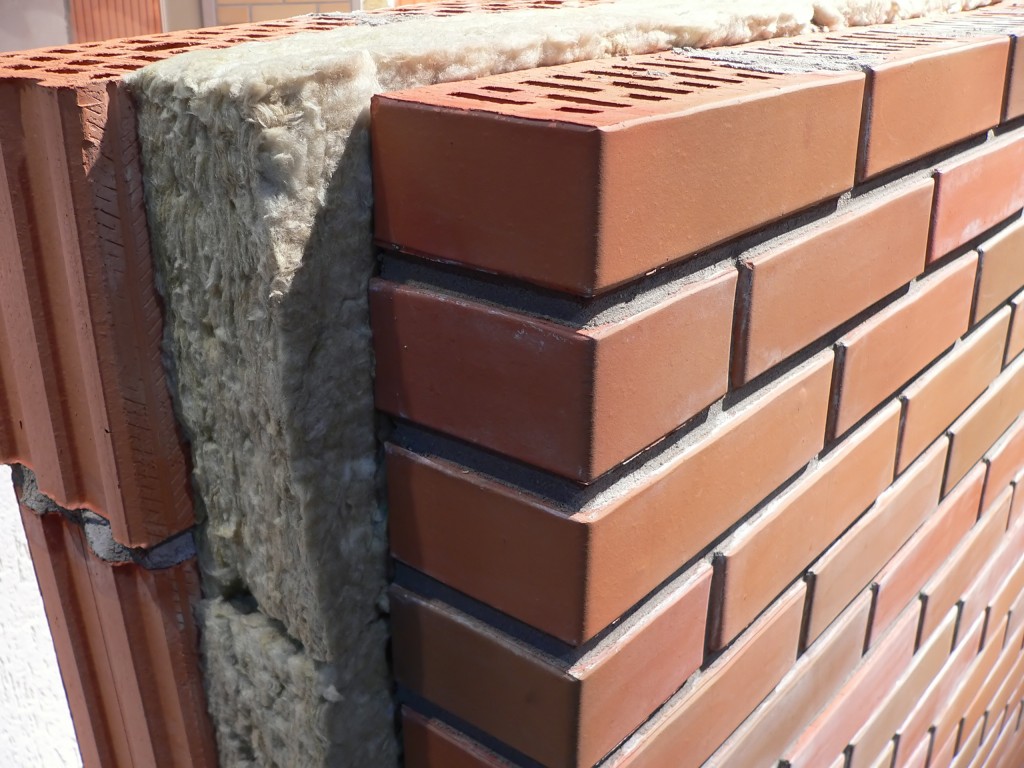
Cavity walls are a smart construction technique that maximizes energy efficiency and weather protection. They consist of two separate wall layers with a gap or cavity in between. The inner wall, often load-bearing, supports the structure, while the outer wall acts as a barrier against the elements. Insulation material can fill the cavity, enhancing thermal performance and reducing energy consumption, making cavity walls a sustainable choice.
Shear Wall:

Shear walls play a critical role in ensuring a building’s stability during lateral forces like wind or seismic activity. Made from reinforced concrete or steel, these load-bearing walls are strategically placed within a structure to resist swaying or deformation. Shear walls are the unsung protectors against external forces, ensuring the safety and integrity of the building.
Partition Wall:
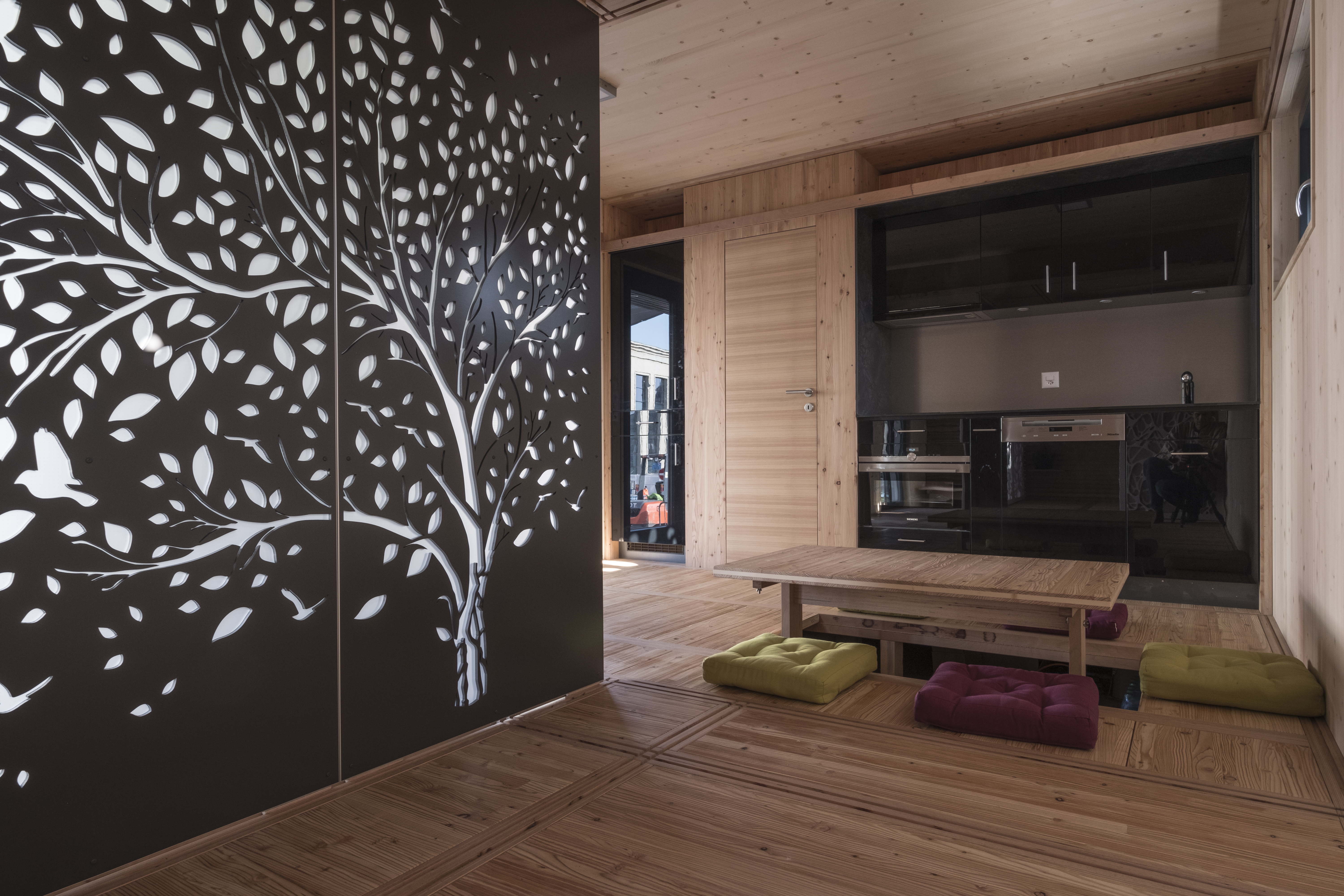
Partition walls are the chameleons of residential construction, easily adaptable to changing interior layouts. These non-load-bearing walls are constructed from lightweight materials such as gypsum board, plywood, or stud framing. They create functional spaces, separate rooms, and provide privacy, allowing homeowners to customize their living spaces as needed.
Faced Wall:

Faced walls blend functionality with aesthetics. These walls feature decorative-facing materials like brick, stone, stucco, or other finishes applied to their exterior surfaces. The facing serves both an aesthetic purpose, enhancing the building’s appearance, and a protective one, guarding against the elements. Faced walls add character and charm to residential exteriors.
Veneered Wall:

Veneered walls take aesthetics to the next level, providing the illusion of solid, attractive finishes. Thin layers of materials like stone, brick, or wood are affixed to the primary wall structure, creating a visually appealing surface. Veneered walls are popular for both interior and exterior design, elevating the overall ambiance of a residence.
Panelized Wall:
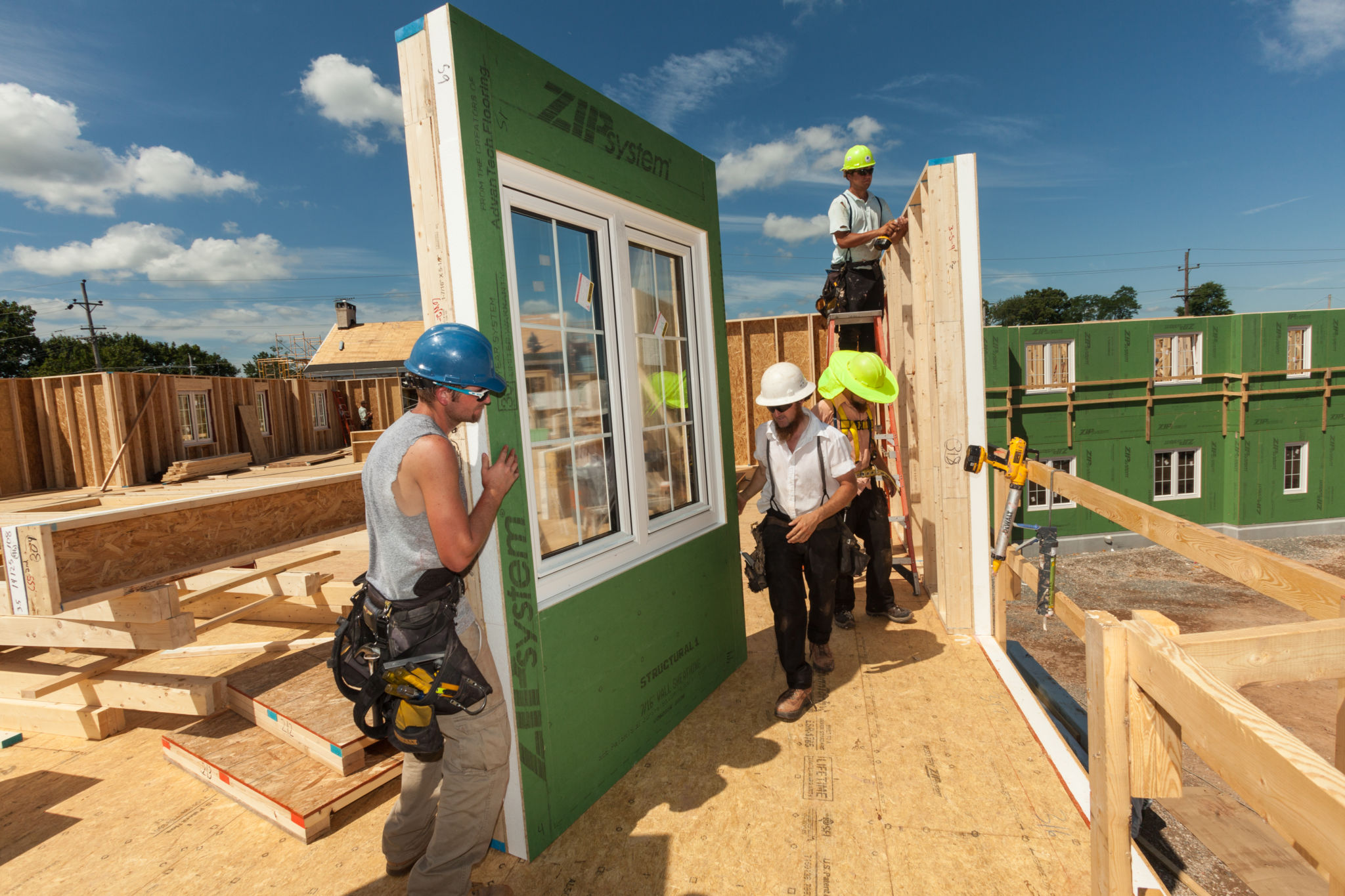
When it comes to efficiency in construction, panel walls take the spotlight. Prefabricated panels made from materials like wood, metal, or composites are manufactured off-site and assembled on-site. Known for their speed and versatility, panel walls can serve as both load-bearing and non-load-bearing elements, making them a favorite choice among builders.
Brick Masonry Wall:
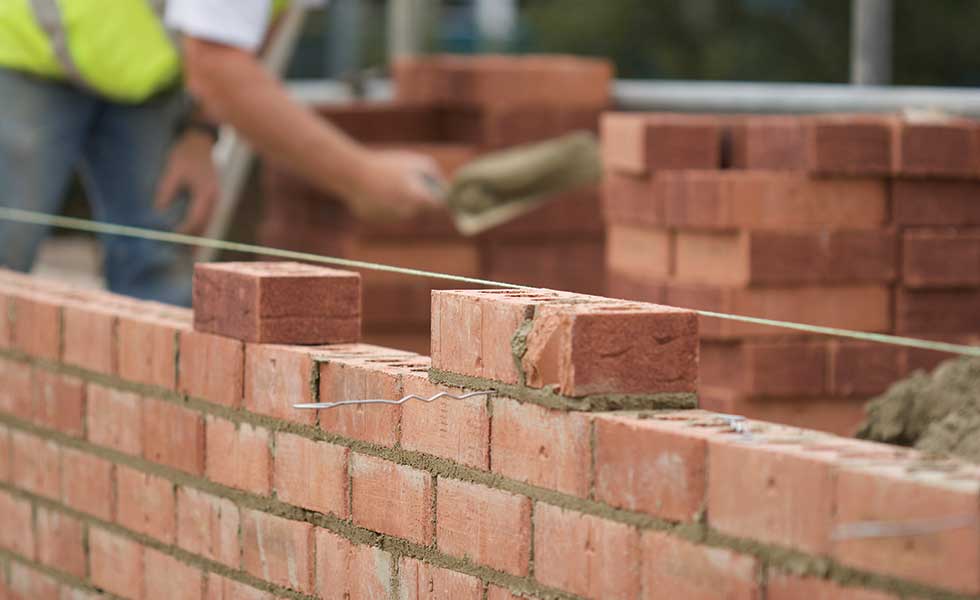
Brick masonry walls are a timeless choice, combining strength, durability, and classic aesthetics. These walls can be load-bearing or non-load bearing, depending on the design. The use of bricks as the primary building material creates a sense of longevity and adds a touch of traditional charm to residential structures.
Precast Concrete Wall:

For efficient construction and high structural integrity, precast concrete walls are a top choice. These premanufactured wall sections are cast off-site and transported to the construction site for assembly. Available in various sizes, shapes, and designs, precast concrete walls are versatile and can serve as both load-bearing and non-load bearing elements.
Walls in residential construction are more than just barriers; they are the building blocks of strength, beauty, and functionality. Whether supporting the structure, dividing living spaces, enhancing aesthetics, or providing protection, each type of wall has a vital role to play in creating comfortable and safe homes. The choice of wall type depends on the design, requirements, and intended use of the building, ensuring that each residence is a unique and functional work of art.
.



